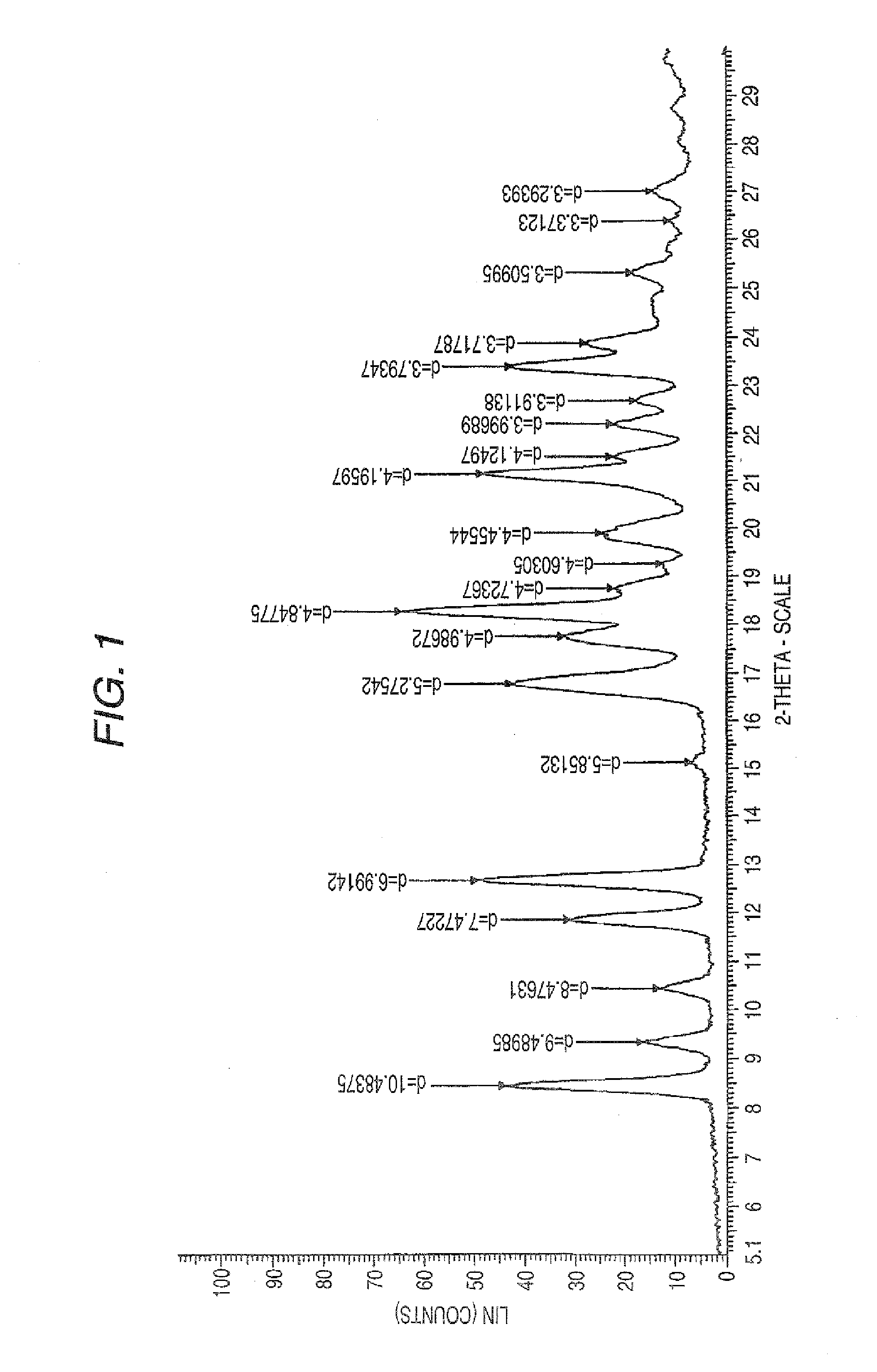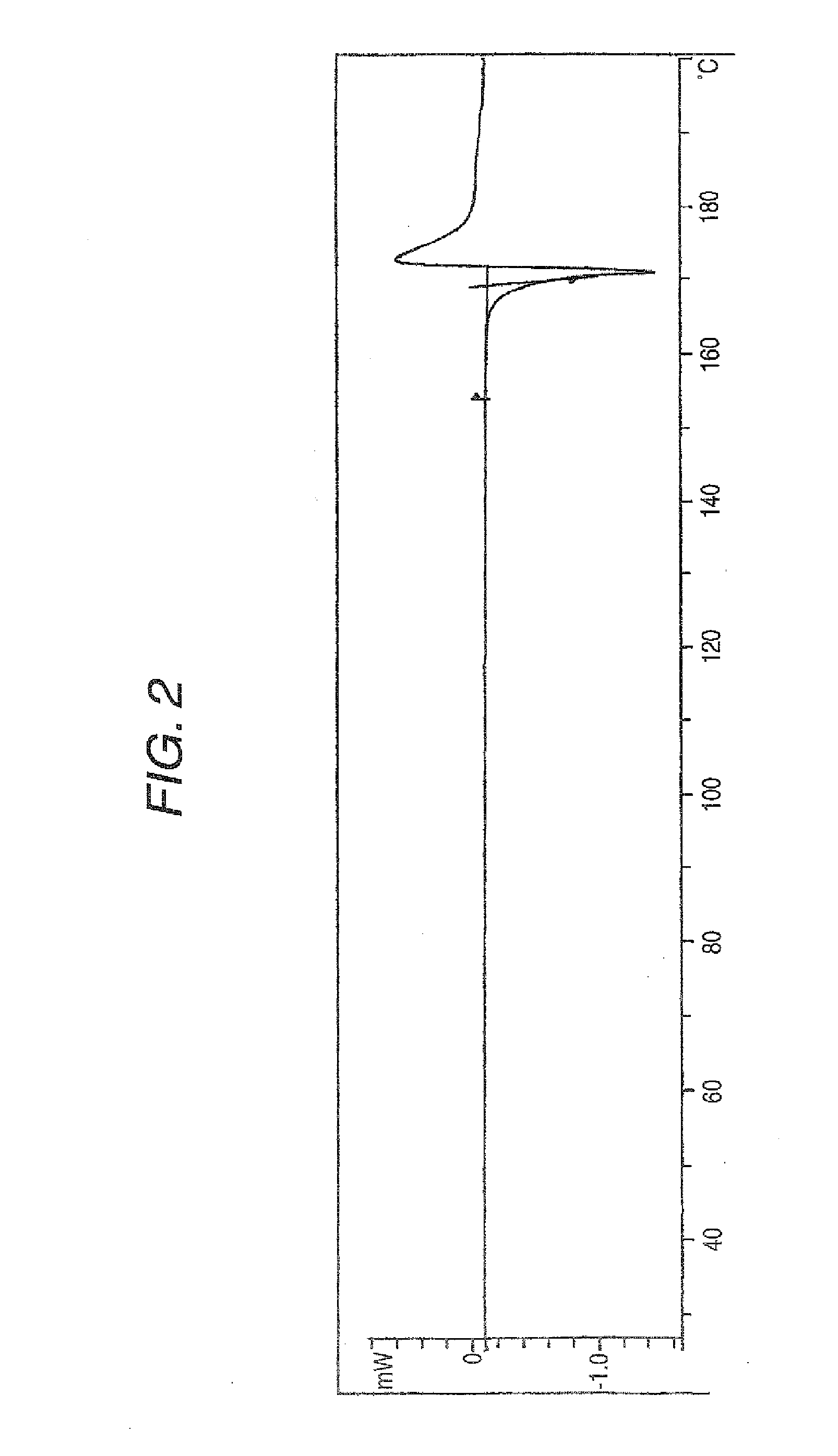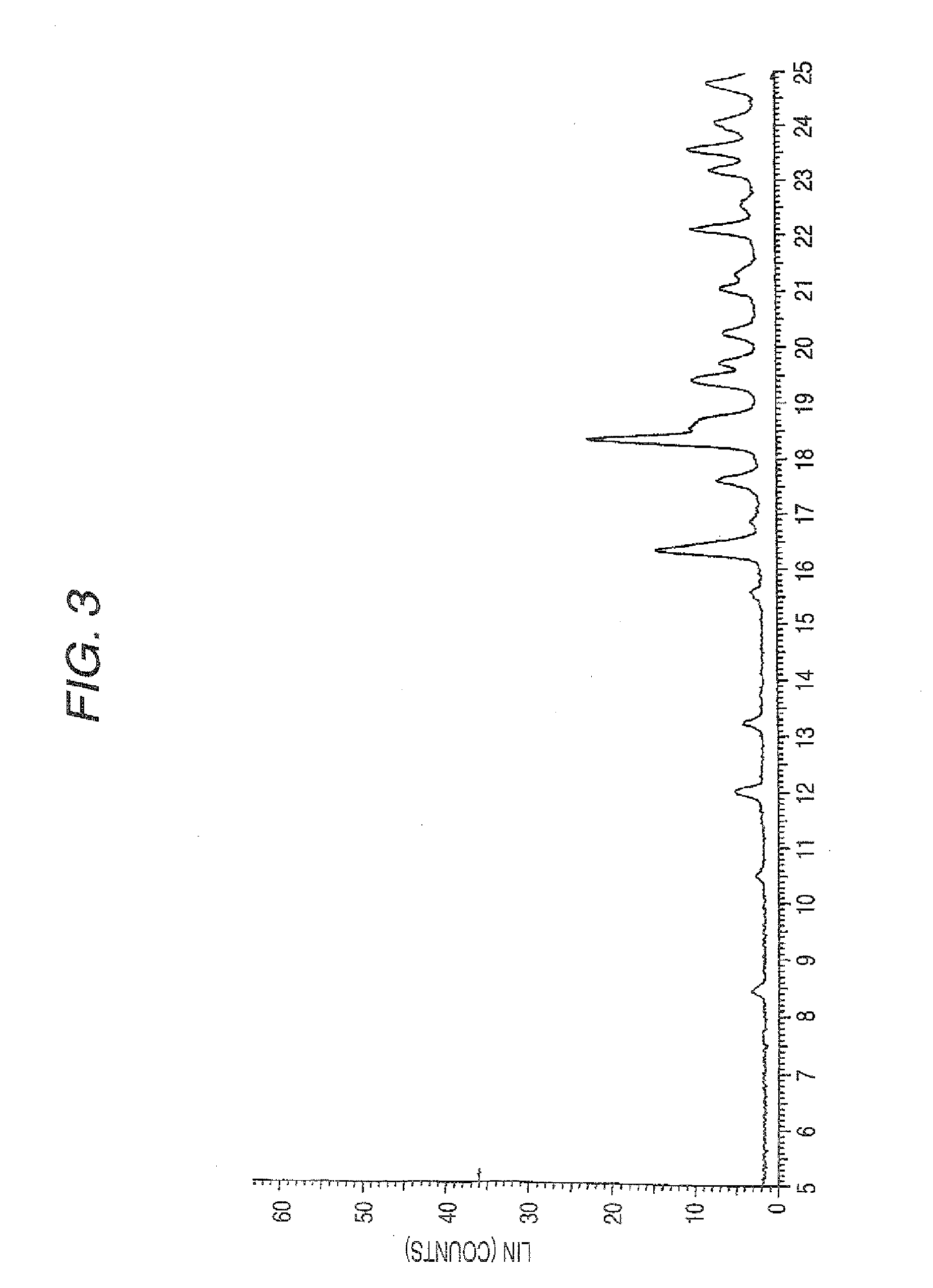Aminocarboxylic acid derivative and medicinal use thereof
a technology of aminocarboxylic acid and derivative, applied in the field of aminocarboxylic acid derivative, can solve the problems of no description of useful edg-6 agonist or antagonist, and scarcely clarified
- Summary
- Abstract
- Description
- Claims
- Application Information
AI Technical Summary
Benefits of technology
Problems solved by technology
Method used
Image
Examples
example 1
6-(benzyloxy)-3,4-dihydronaphthalene-1(2H)-one
[0324]To a solution of 6-hydroxy-3,4-dihydronaphthalen-1(2H)-one (24.3 g) in acetone (160 mL), benzyl bromide (29.4 mL) and potassium carbonate (31.1 g) were added at room temperature, followed by stirring at 40° C. for 3.5 hours. After filtering off the insoluble matters and concentrating the filtrate, the resultant was washed with a mixed solvent of tert-butyl methyl ether-hexane (1:4), to thereby obtain the title compound (34.5 g) having the following physical properties. TLC: Rf 0.38 (hexane:ethyl acetate=3:1)
example 2
7-(benzyloxy)-4-methyl-1,2-dihydronaphthalene
[0325]To a solution of the compound (34.5 g) prepared in Example 1 in tetrahydrofuran (300 mL), methylmagnesiumbromide (3 mol / L diethyl ether solution, 55 mL) was added at 0° C., followed stirring at room temperature for 1 hours. The reaction mixture was cooled to 0° C. and poured into ice-saturated aqueous ammonium chloride solution. After adding 2 mol / L hydrochloric acid, the mixture was stirred at room temperature for 3 hours. Then, the resultant was extracted with ethyl acetate and the organic layer was successively washed with water and a brine, dried and concentrated. The obtained residue was purified by silica gel column chromatography (hexane:ethyl acetate=10:1), to thereby obtain the title compound (24.8 g) having the following physical properties.
[0326]TLC: Rf 0.57 (hexane:ethyl acetate=15:1)
example 3
6-(benzyloxy)-1-methyl-3,4-dihydronaphthalene-2-carbaldehyde
[0327]To phosphorus oxychloride (26.7 g), N,N-dimethylformamide (60 mL) was dropped at 0° C., followed by stirring for 20 minutes. Then, a solution of the compound (24.8 g) prepared in Example 2 in methylene chloride (60 mL) was slowly dropped thereto, followed by stirring at room temperature for 90 minutes. The reaction mixture was cooled to 0° C., poured into ice and then allowed to stand for a while. Next, the resultant was extracted with a mixed solvent of hexane-ethyl acetate (1:2). The organic layer was successively washed with water and a brine, dried and concentrated. The obtained solid was washed with tert-butyl methyl ether, to thereby obtain the title compound (19.9 g) having the following physical properties.
[0328]TLC: Rf 0.50 (hexane:ethyl acetate=3:1)
PUM
| Property | Measurement | Unit |
|---|---|---|
| concentrations | aaaaa | aaaaa |
| pH | aaaaa | aaaaa |
| pH | aaaaa | aaaaa |
Abstract
Description
Claims
Application Information
 Login to View More
Login to View More - R&D
- Intellectual Property
- Life Sciences
- Materials
- Tech Scout
- Unparalleled Data Quality
- Higher Quality Content
- 60% Fewer Hallucinations
Browse by: Latest US Patents, China's latest patents, Technical Efficacy Thesaurus, Application Domain, Technology Topic, Popular Technical Reports.
© 2025 PatSnap. All rights reserved.Legal|Privacy policy|Modern Slavery Act Transparency Statement|Sitemap|About US| Contact US: help@patsnap.com



